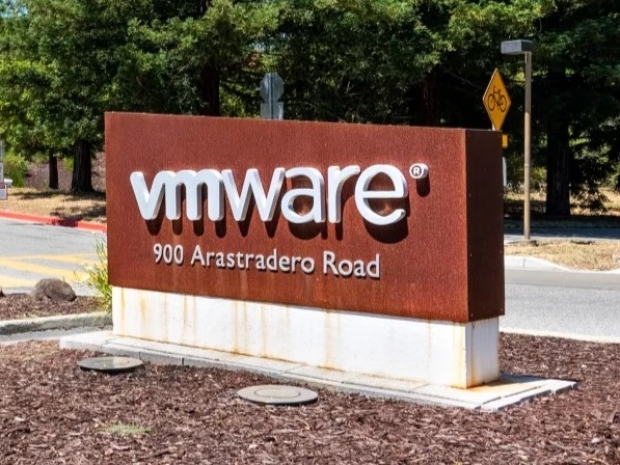The "Estimating a Large-Scale VMware Migration" report claims that migrations could take 18 to 48 months and cost $300 to $3,000 per virtual machine.
For an organisation running over 2,000 virtual machines across at least 100 servers, the initial scoping will require seven to ten full-time staff for about a month.
Another six personnel will be involved in the technical evaluation of potential VMware replacements over nine months. Big G wrote that the planning and testing phase will vary depending on the complexity of the organisation's apps and infrastructure.
Big G VP Analyst Michael Warrilow said migrating from VMware’s server virtualisation platform would require untangling many aspects of these investments.
Warrilow explained that VMware should be viewed foremost as a networking provider, a storage supplier second, and a management tools provider third before considering its role as a virtualisation tech source. This comprehensive approach is critical as migrating networks, storage, and management tools are more challenging than simply shifting hypervisors.
Warrilow said that VMware's options include Red Hat’s new "OpenShift Virtualization Engine," which is aimed at organisations seeking a straightforward virtualisation solution.
Red Hat's product is marketed as an economical alternative to Broadcom. Its favourable licensing terms allow users to run unlimited virtual machines on specific servers.
Oracle’s server virtualisation offering might also present a more cost-effective option, according to Warrilow.
However, he thought many VMware users would likely waste 2025 on hold, watching their peers. Vendors, meanwhile, are left waiting for the expected surge in orders for alternative virtualisation stacks.
Gartner advises companies to begin their migration plans sooner rather than later to avoid renegotiating licenses with Broadcom, which is known for preferring two- to three-year subscriptions.




